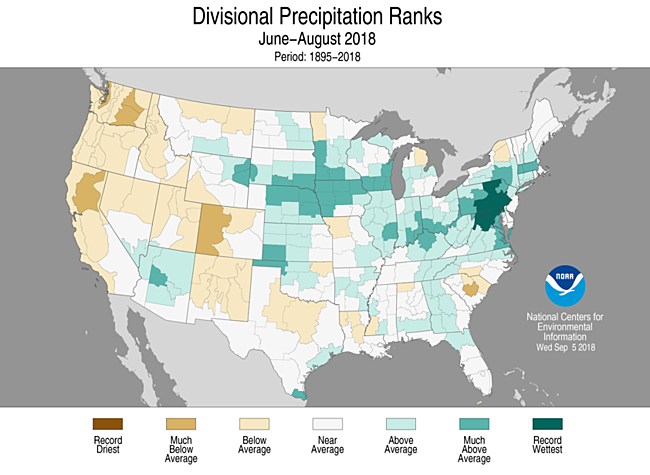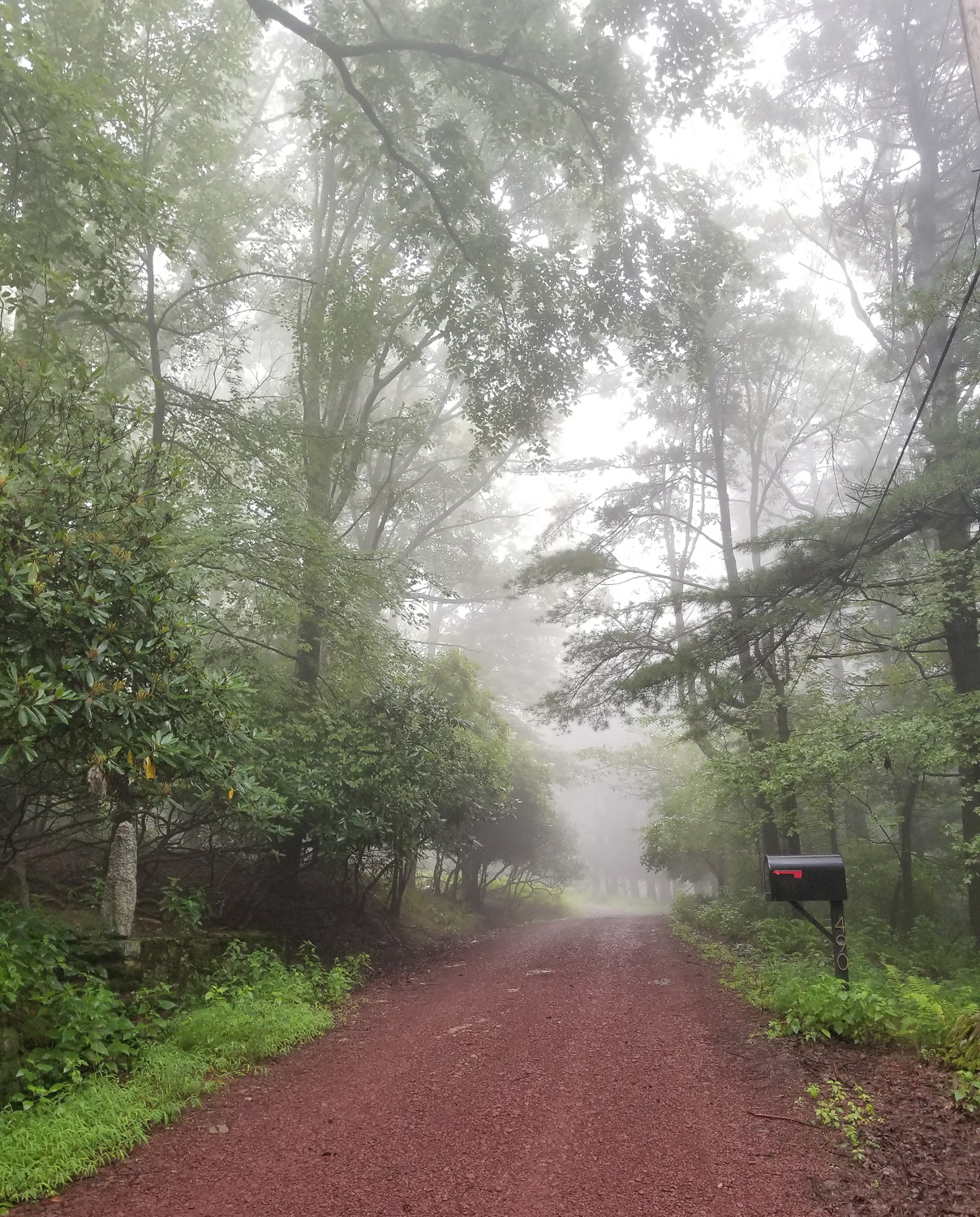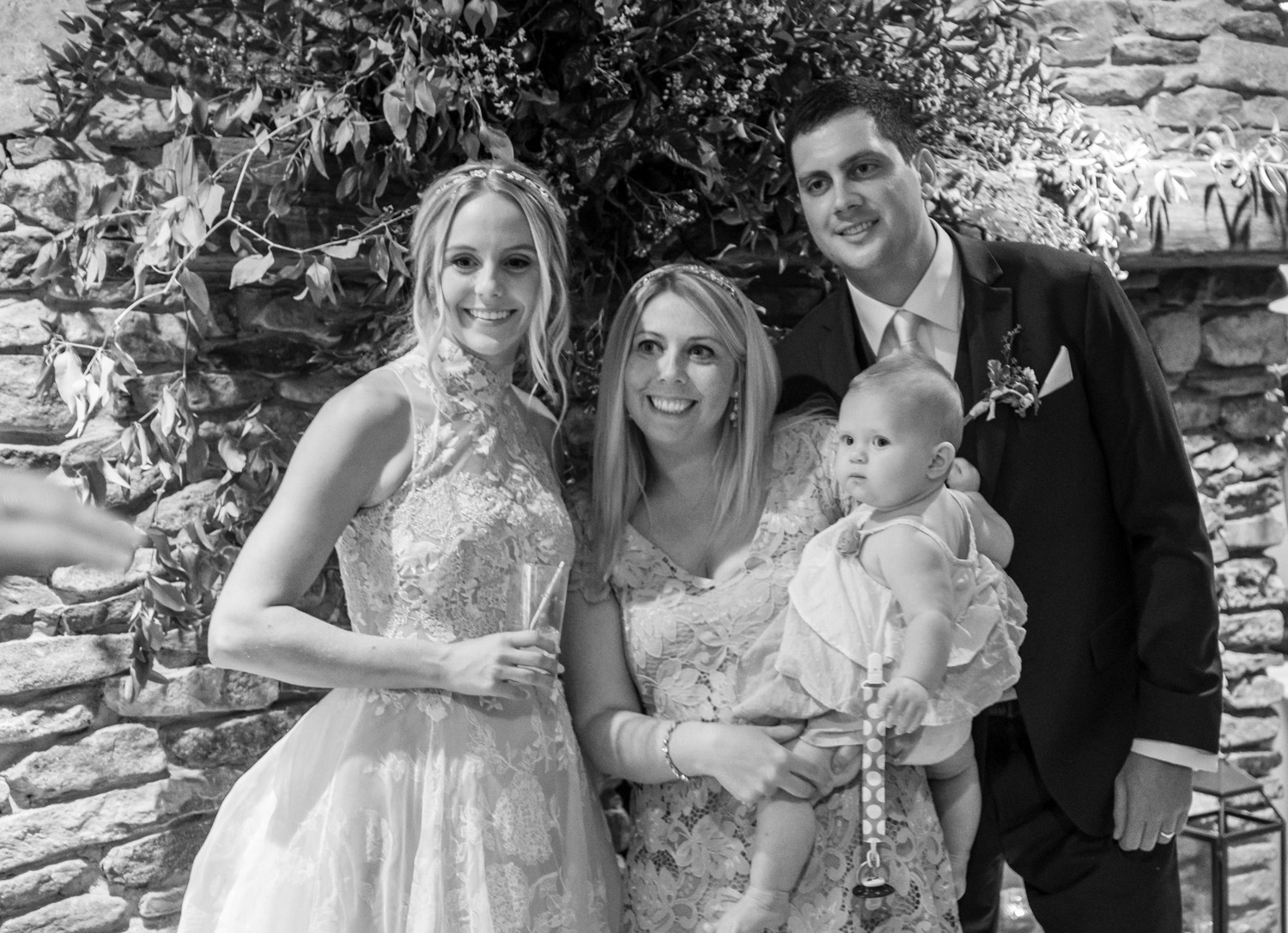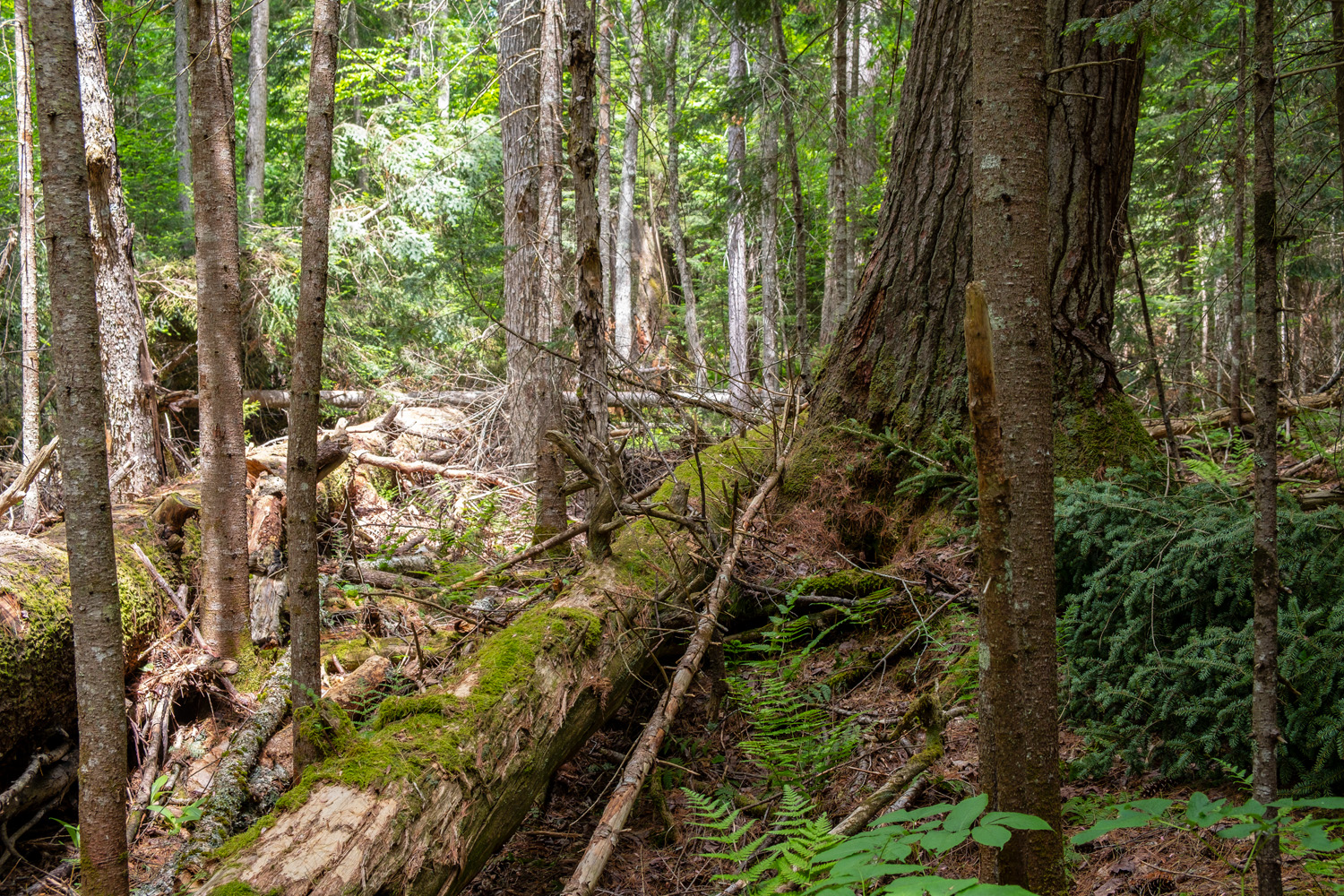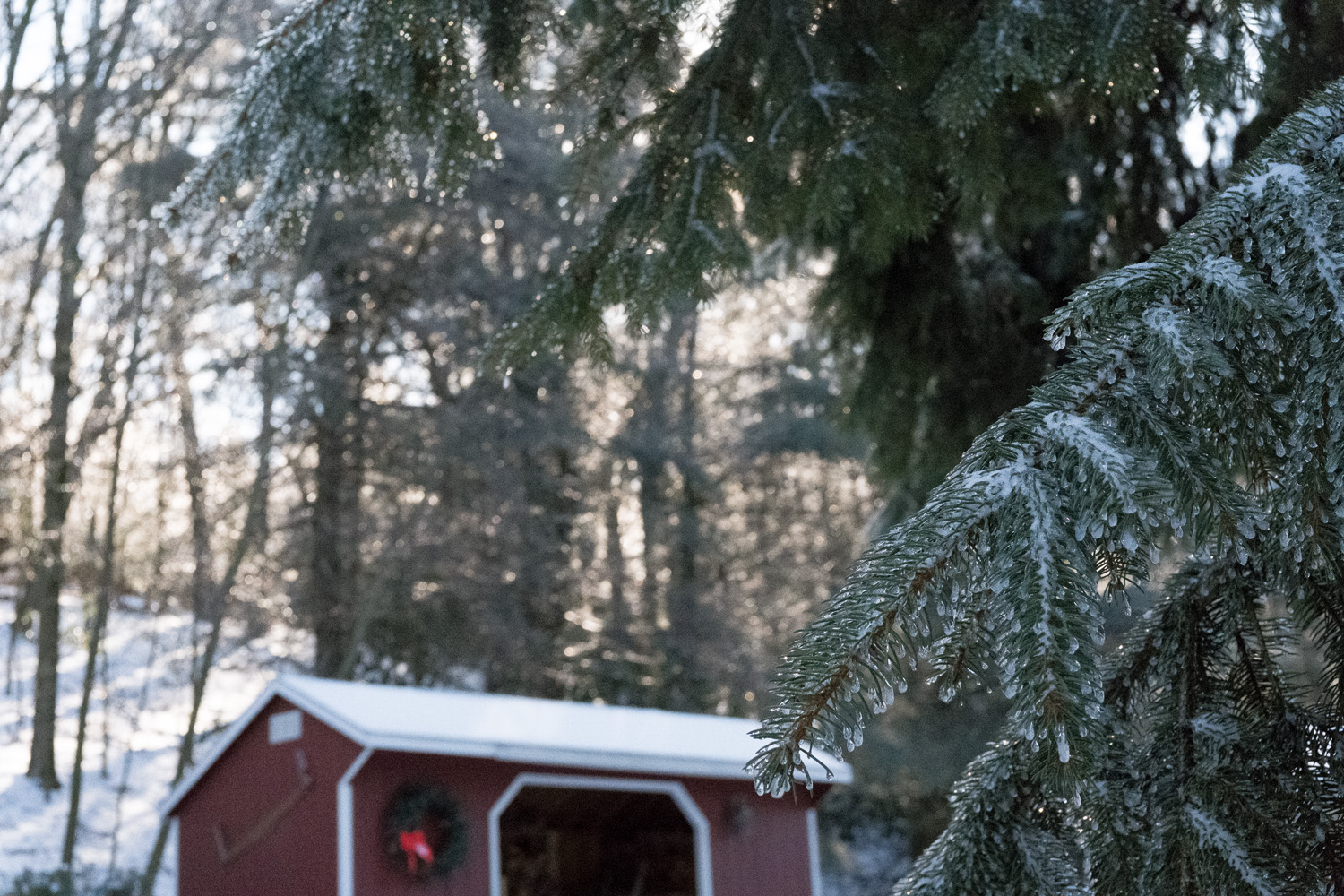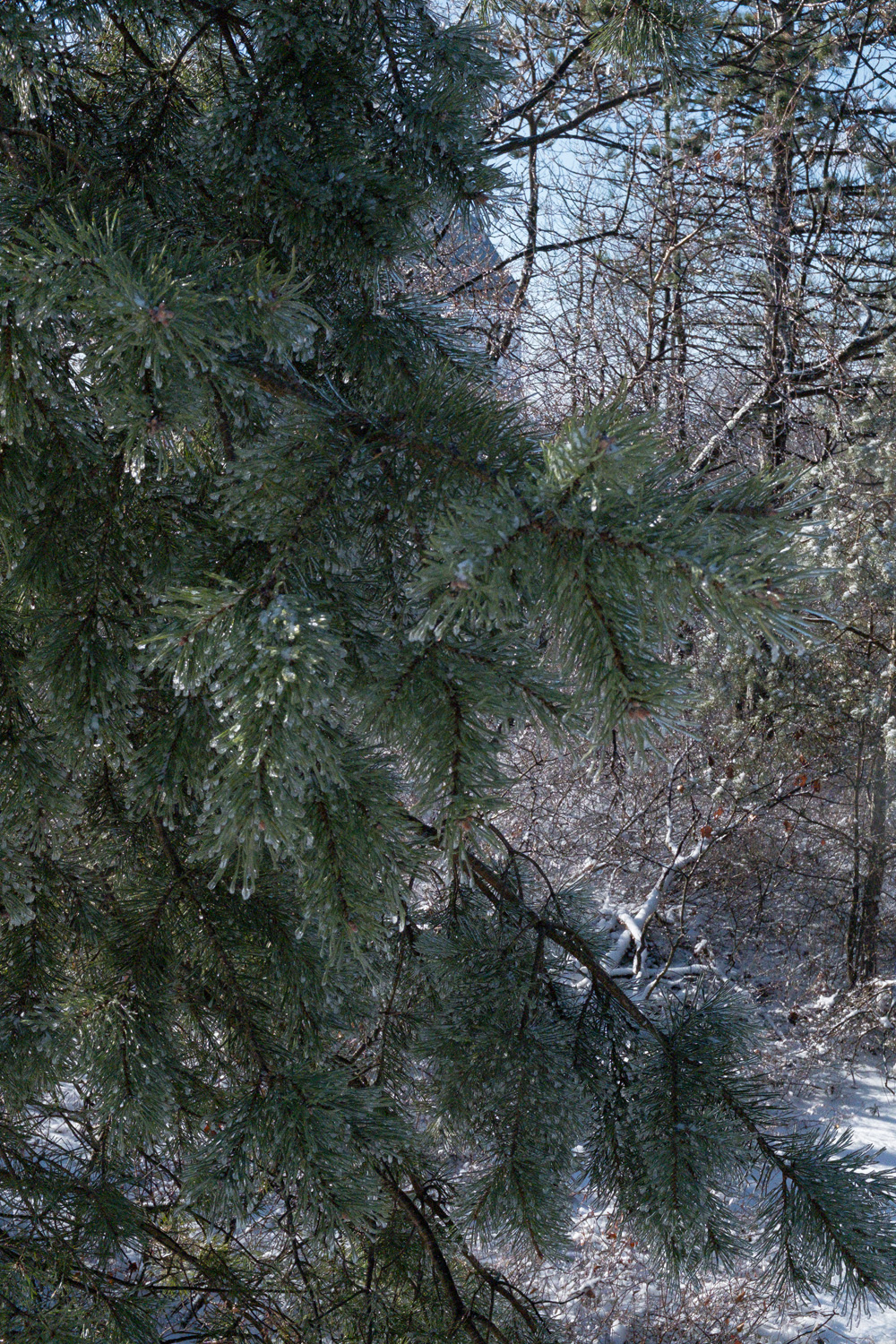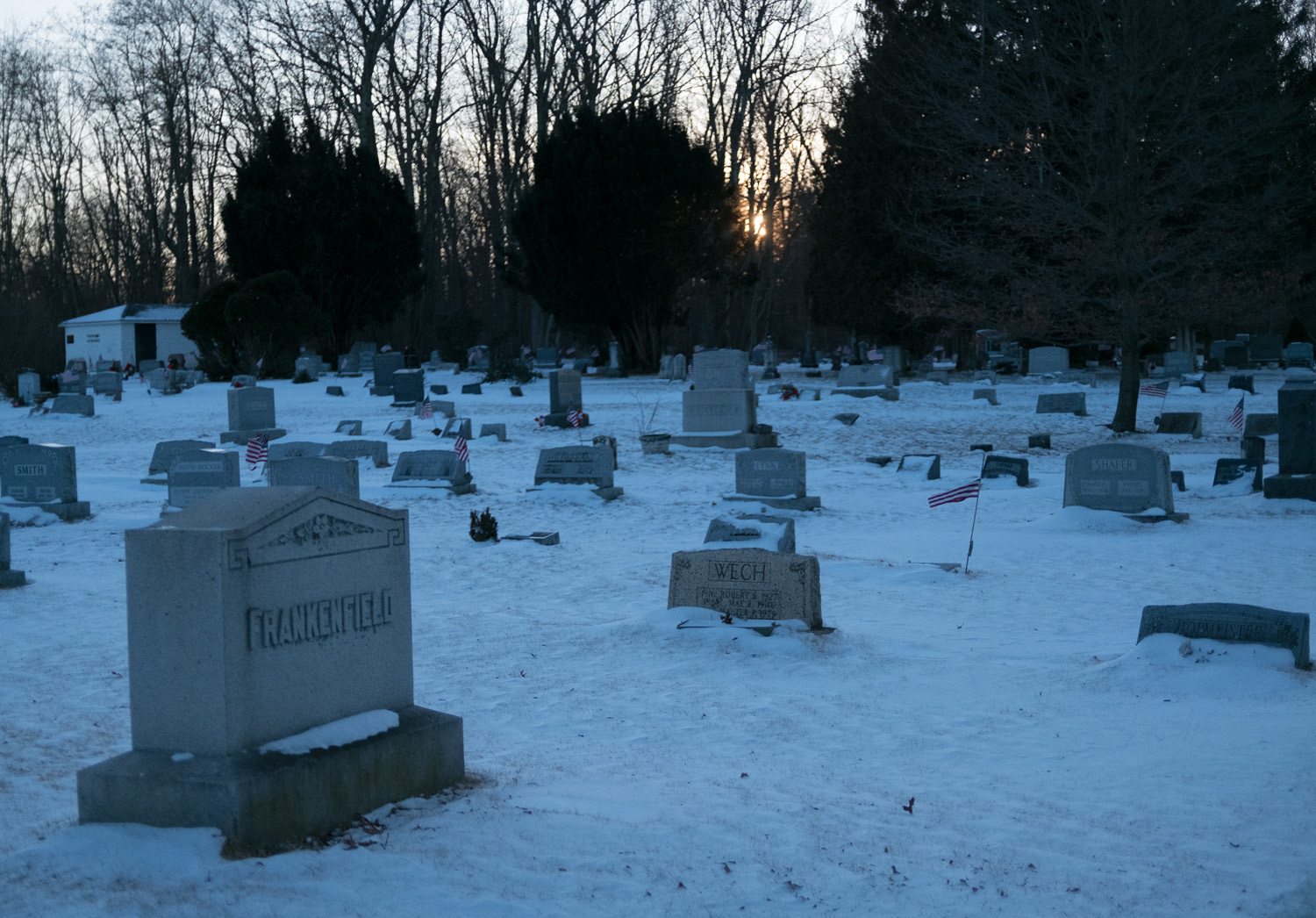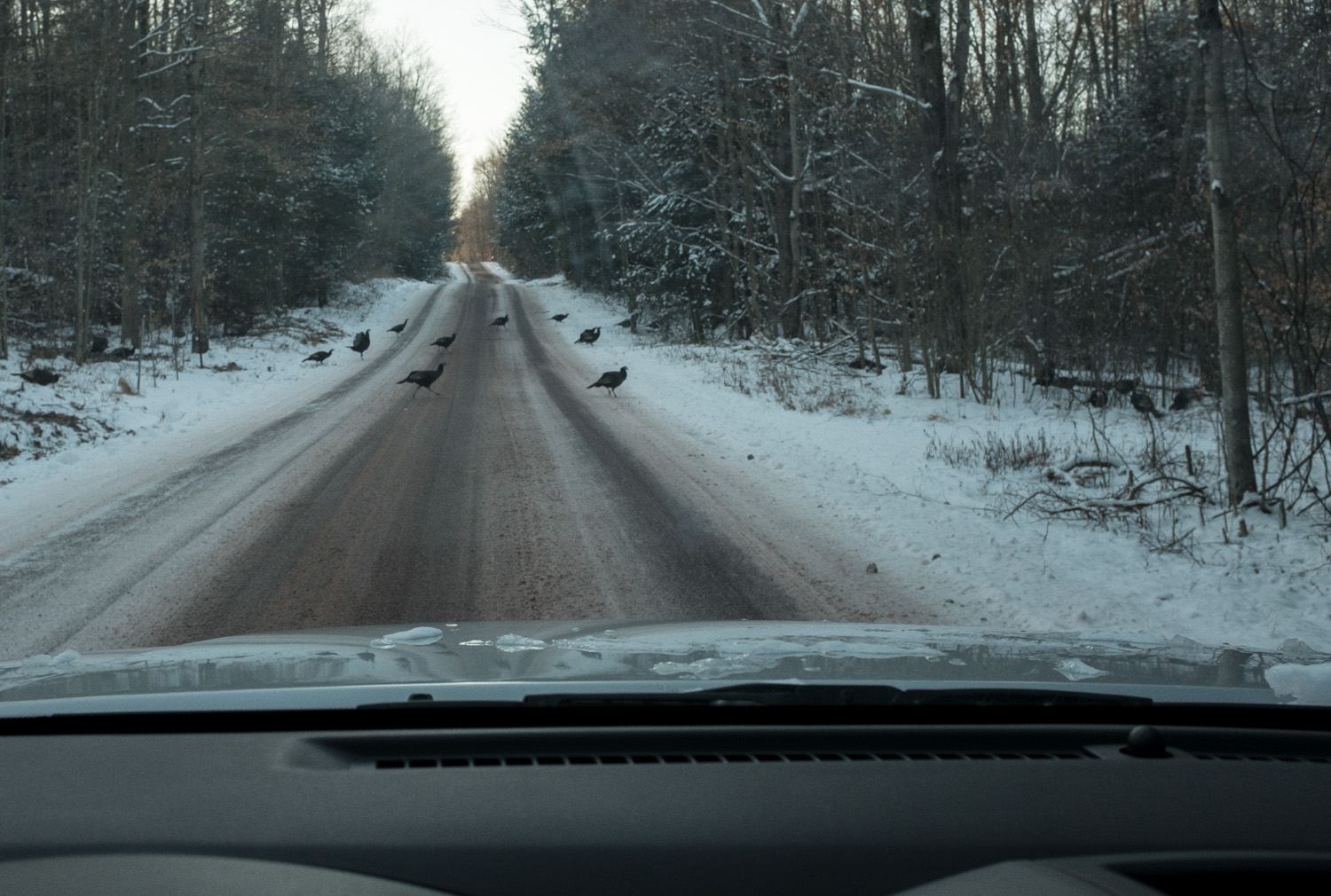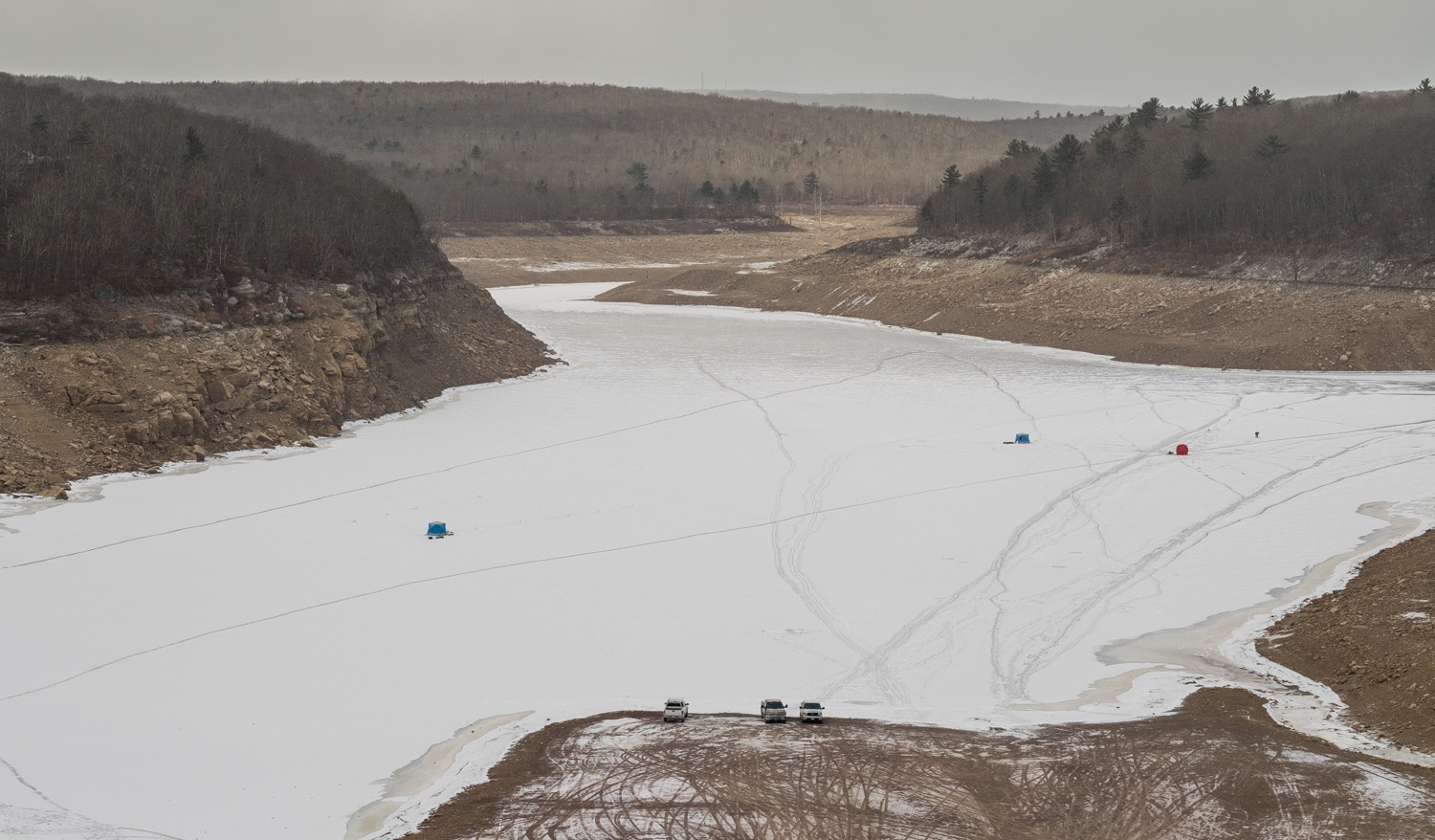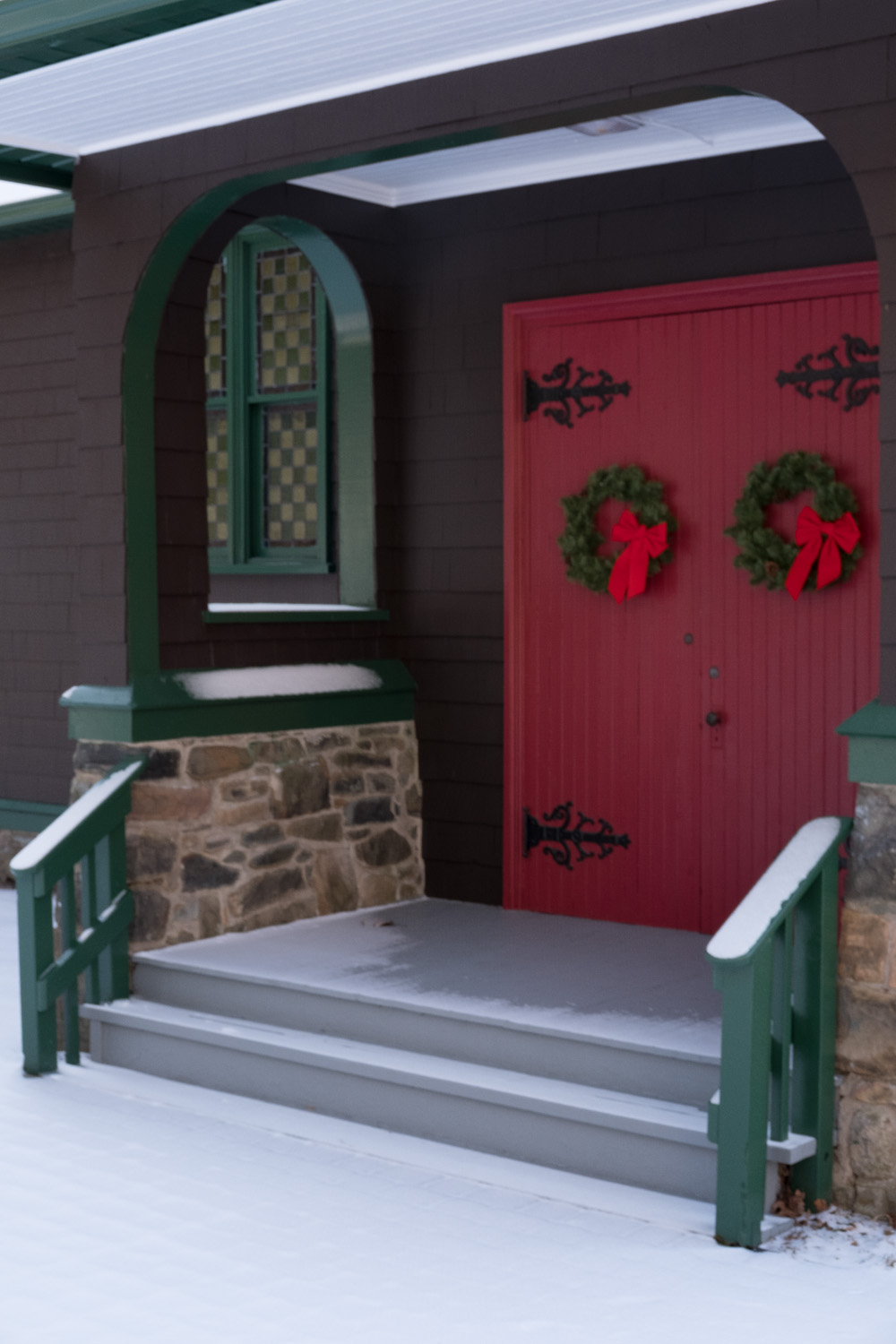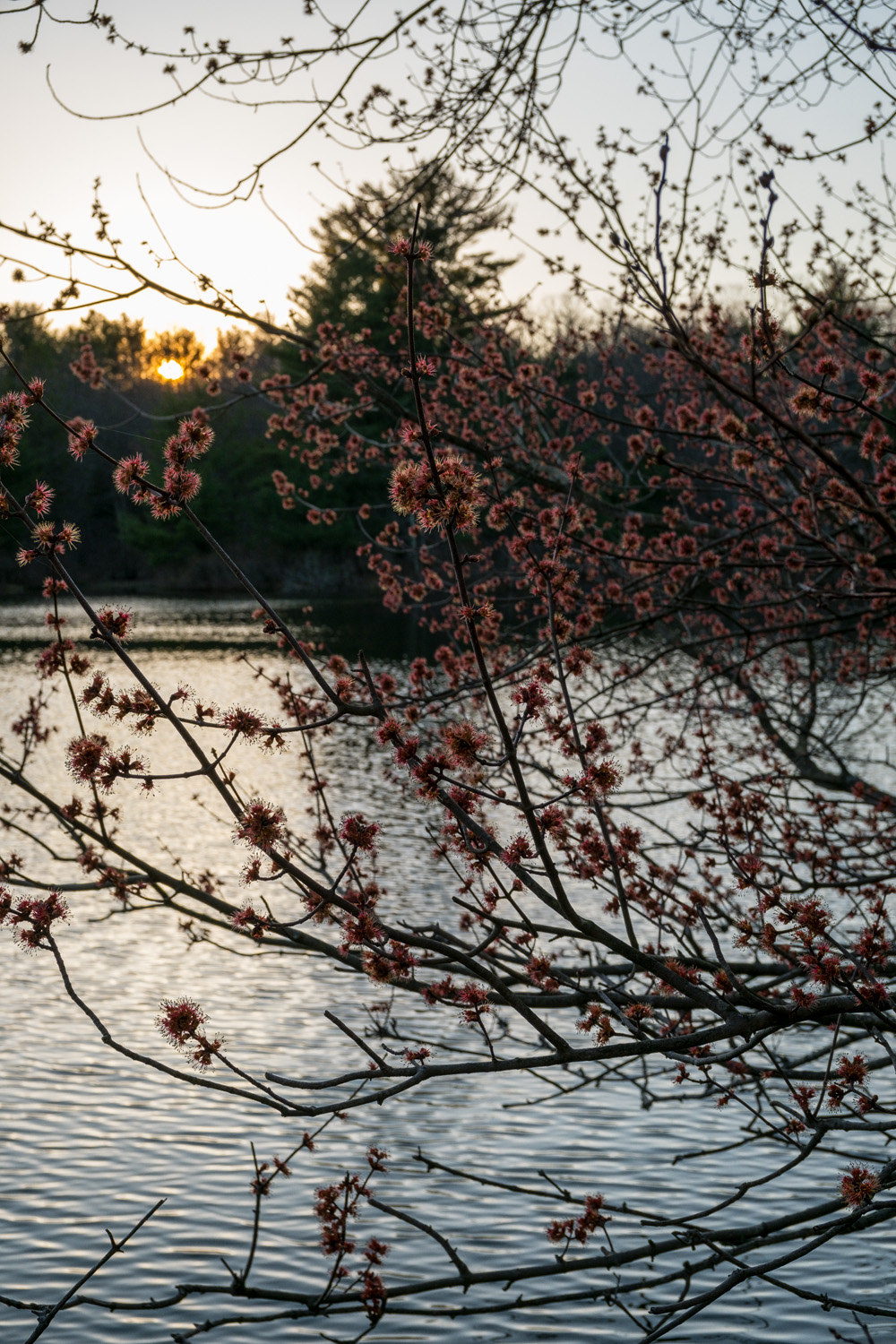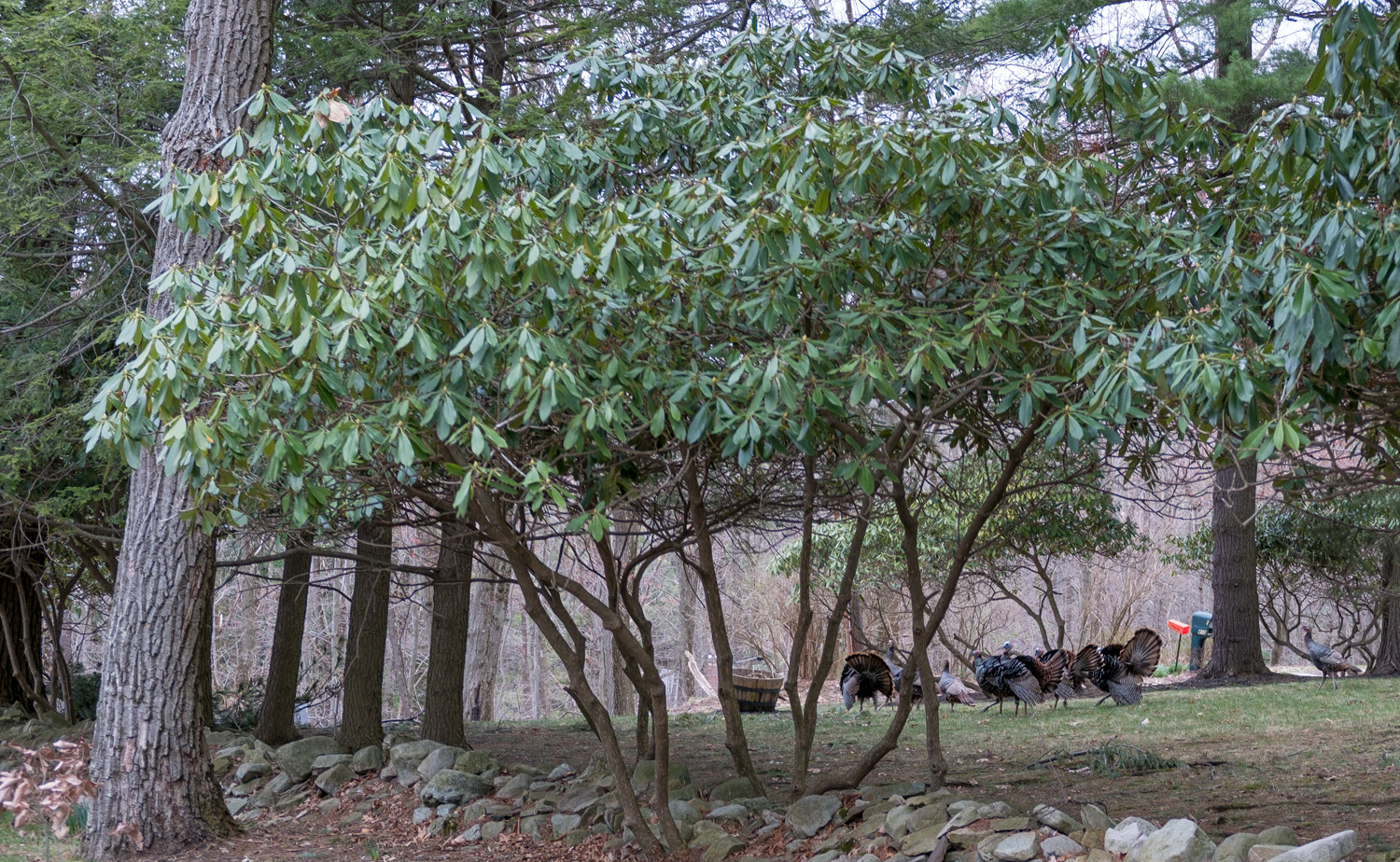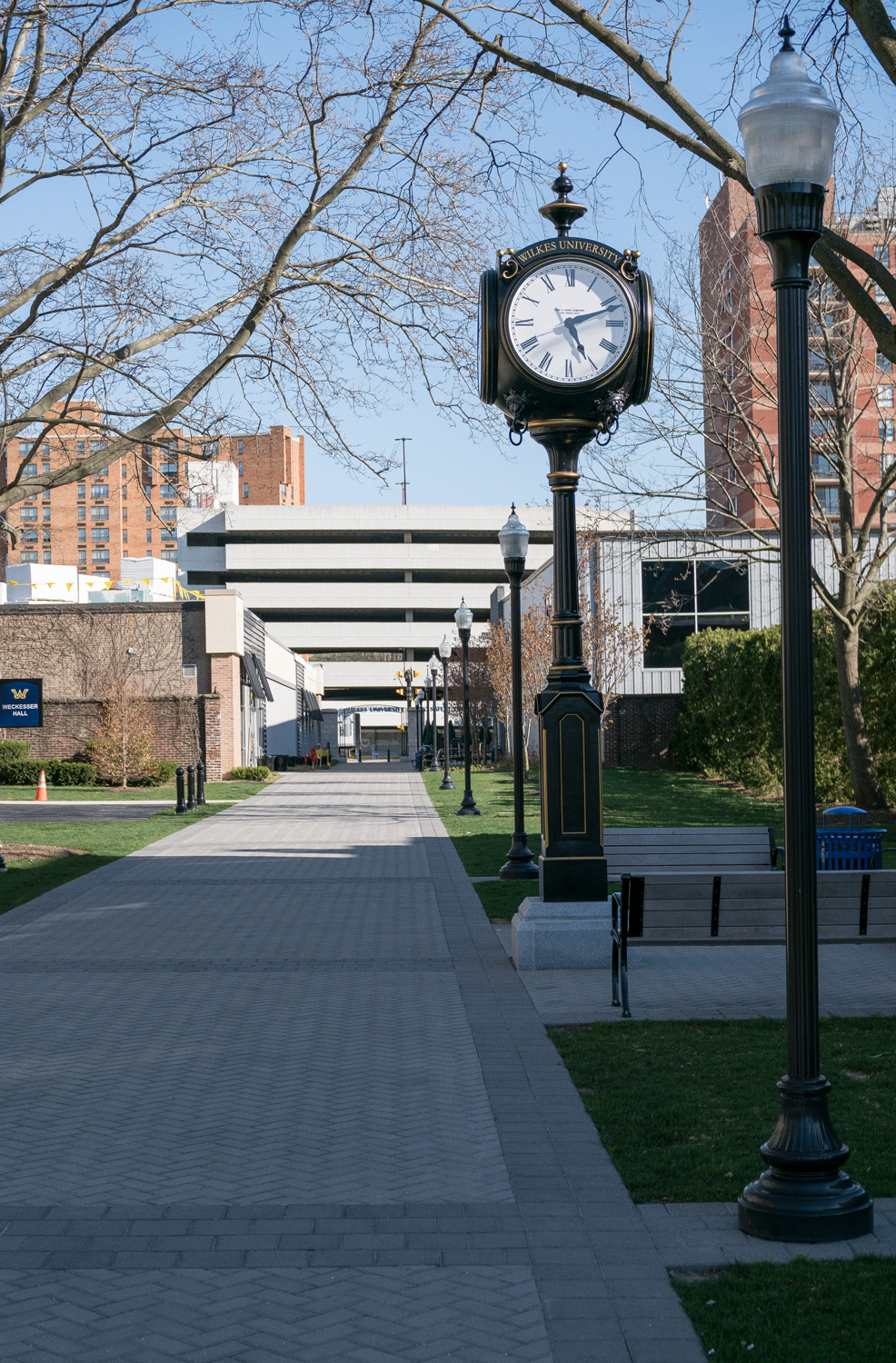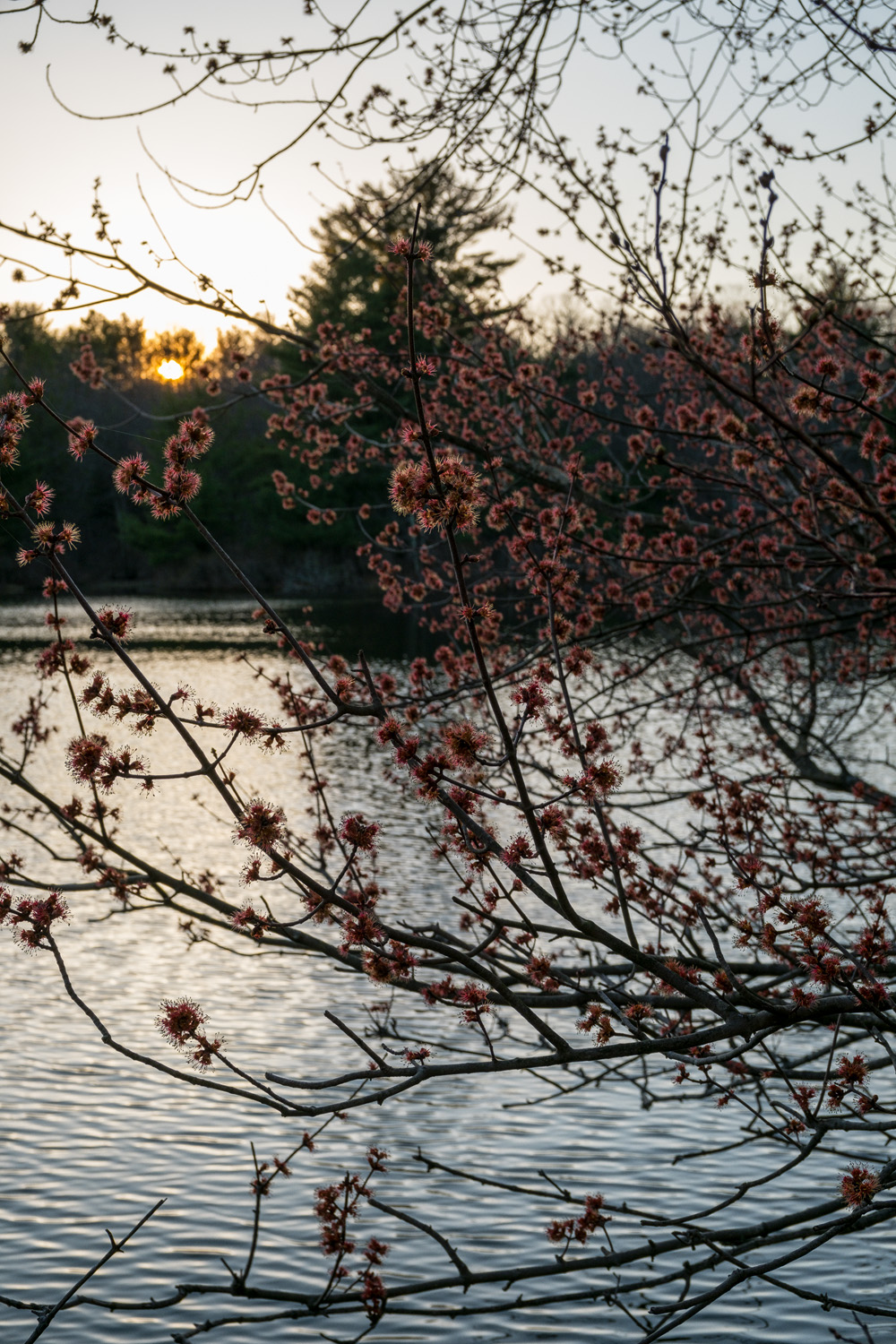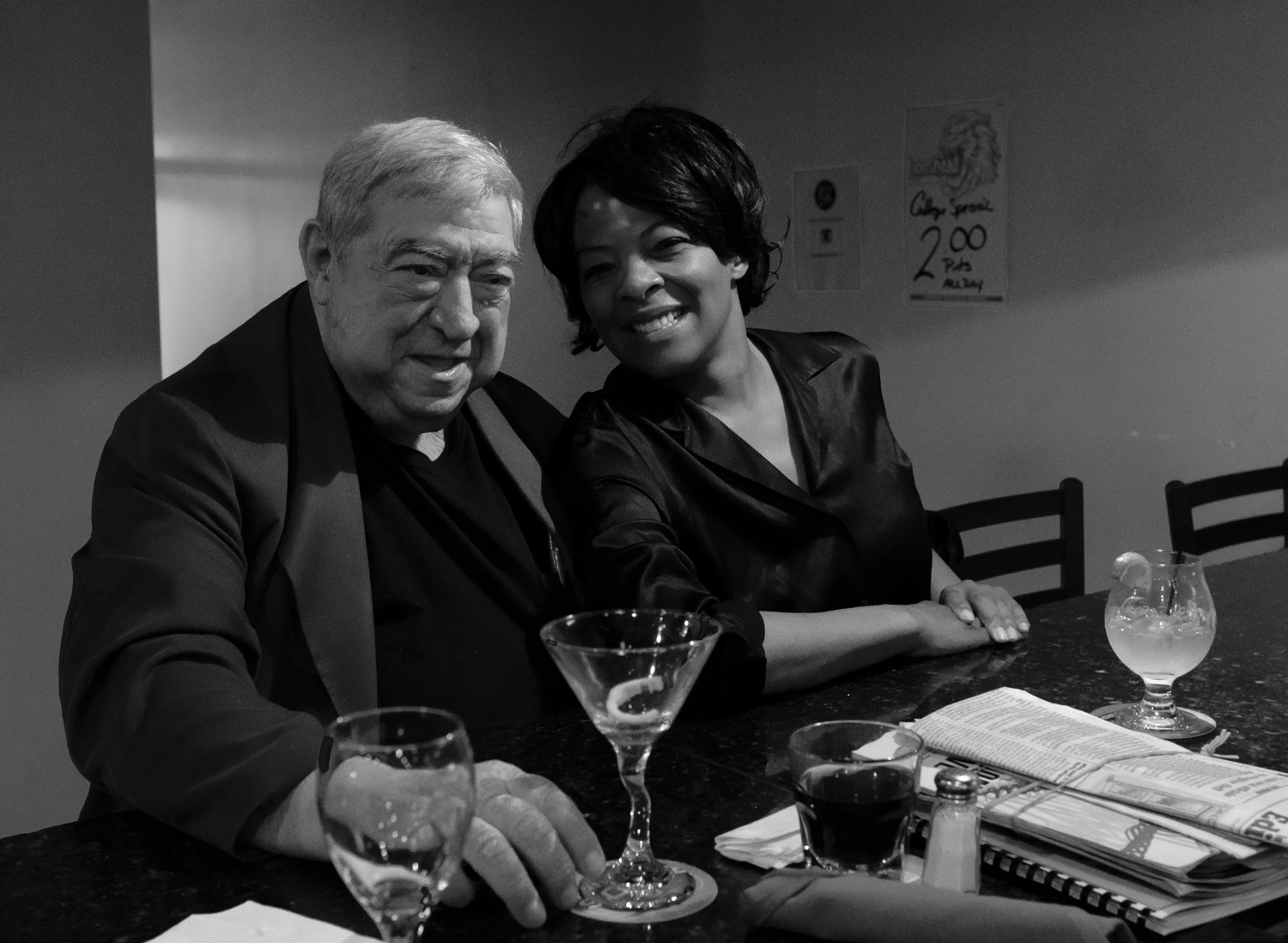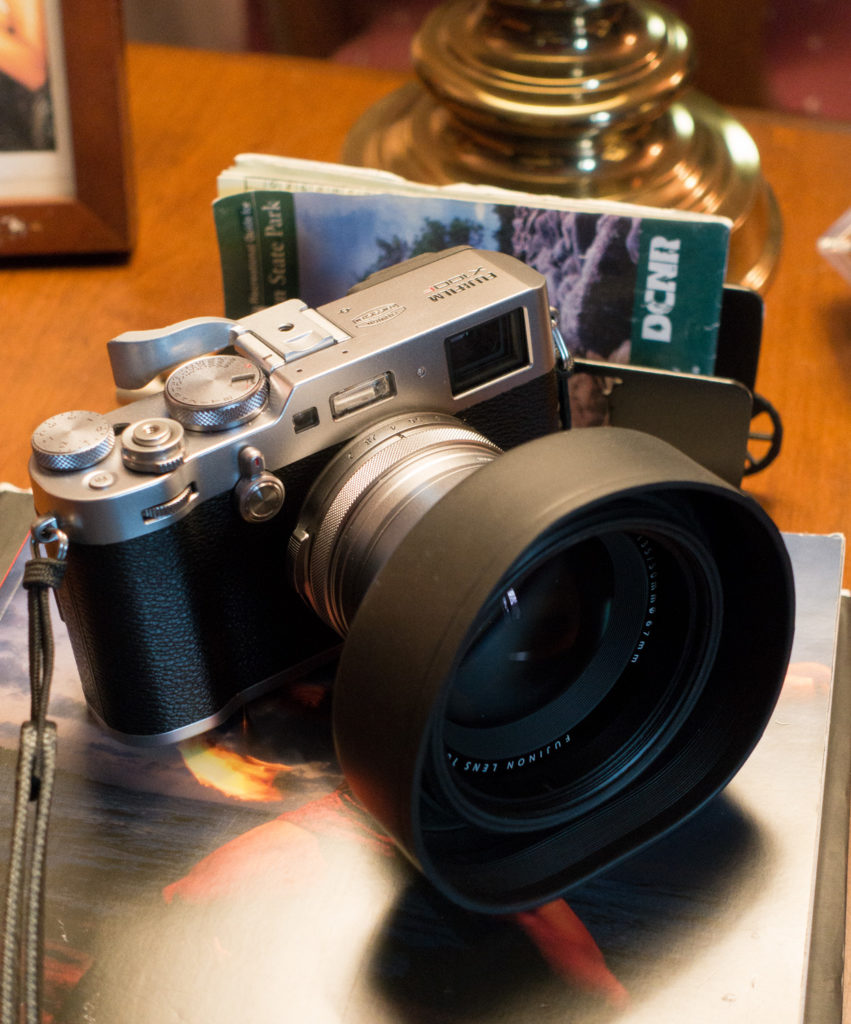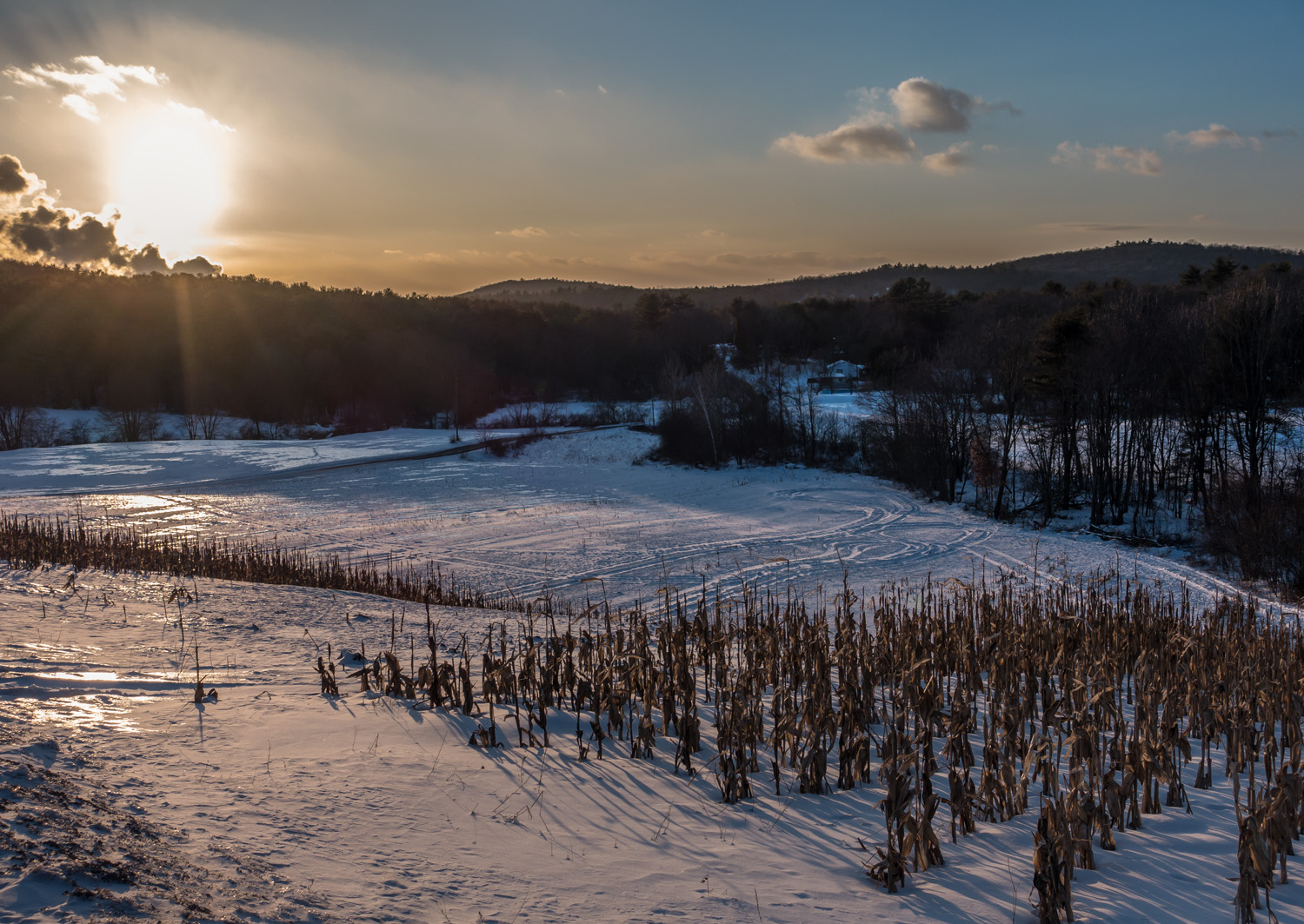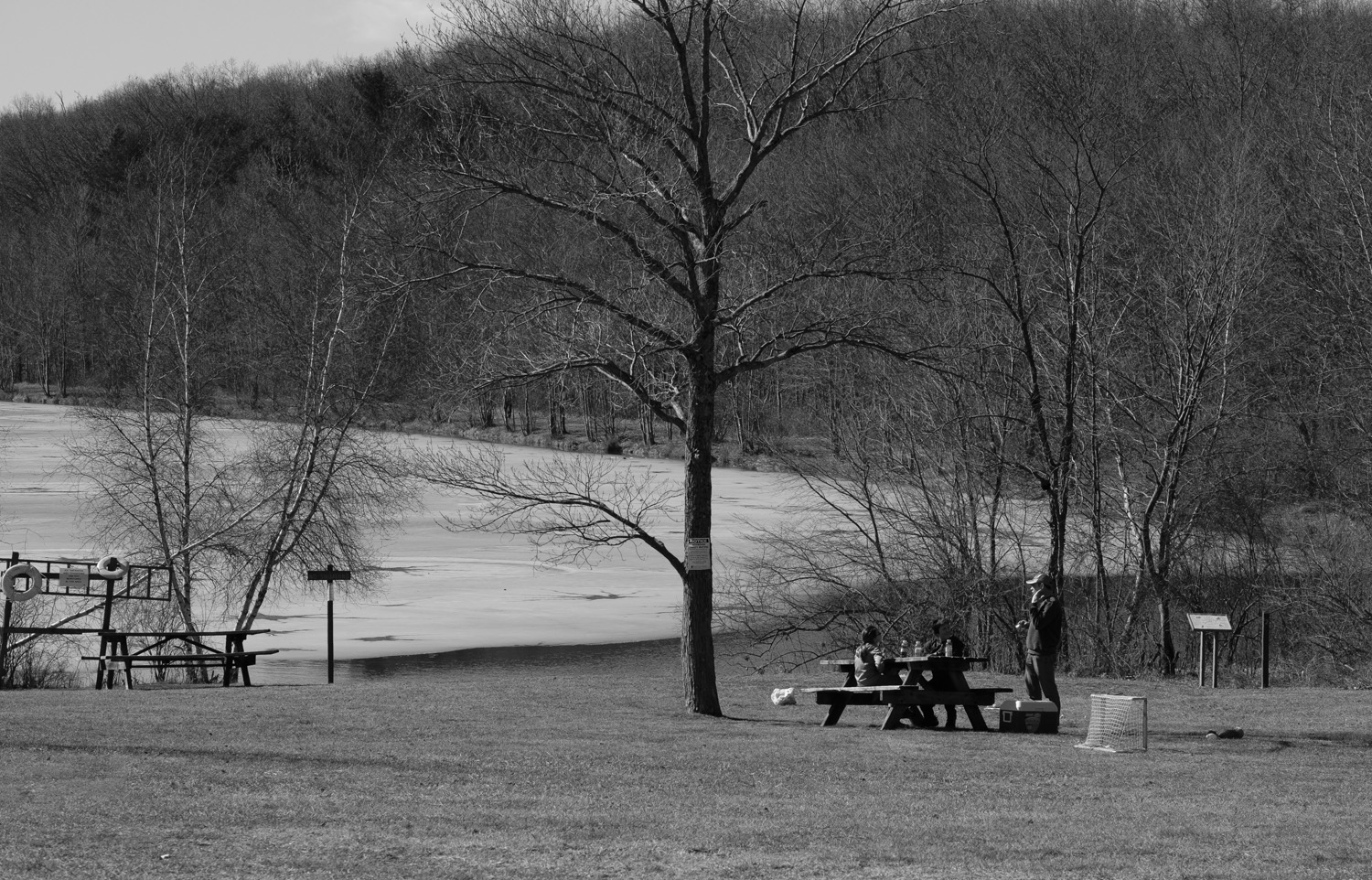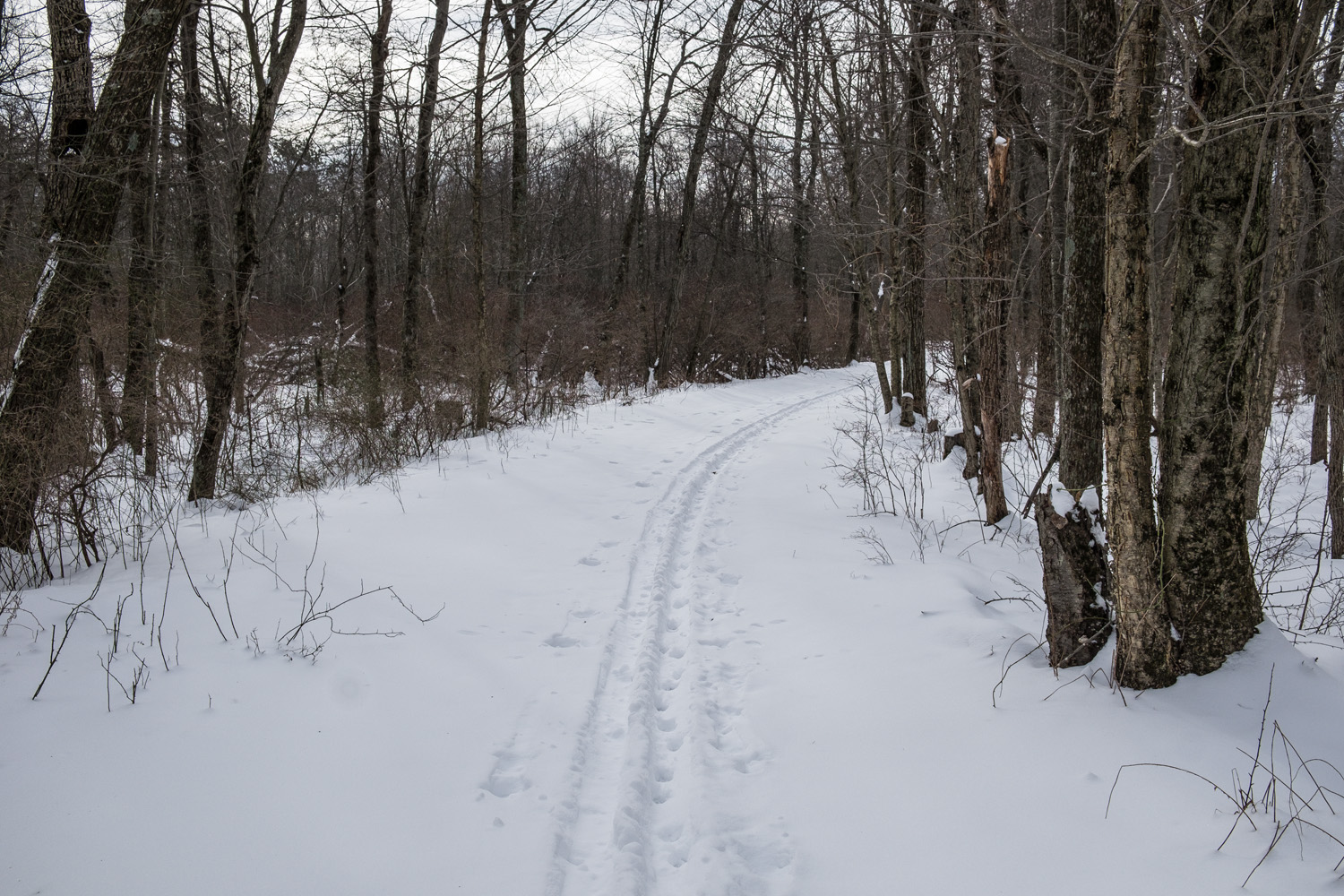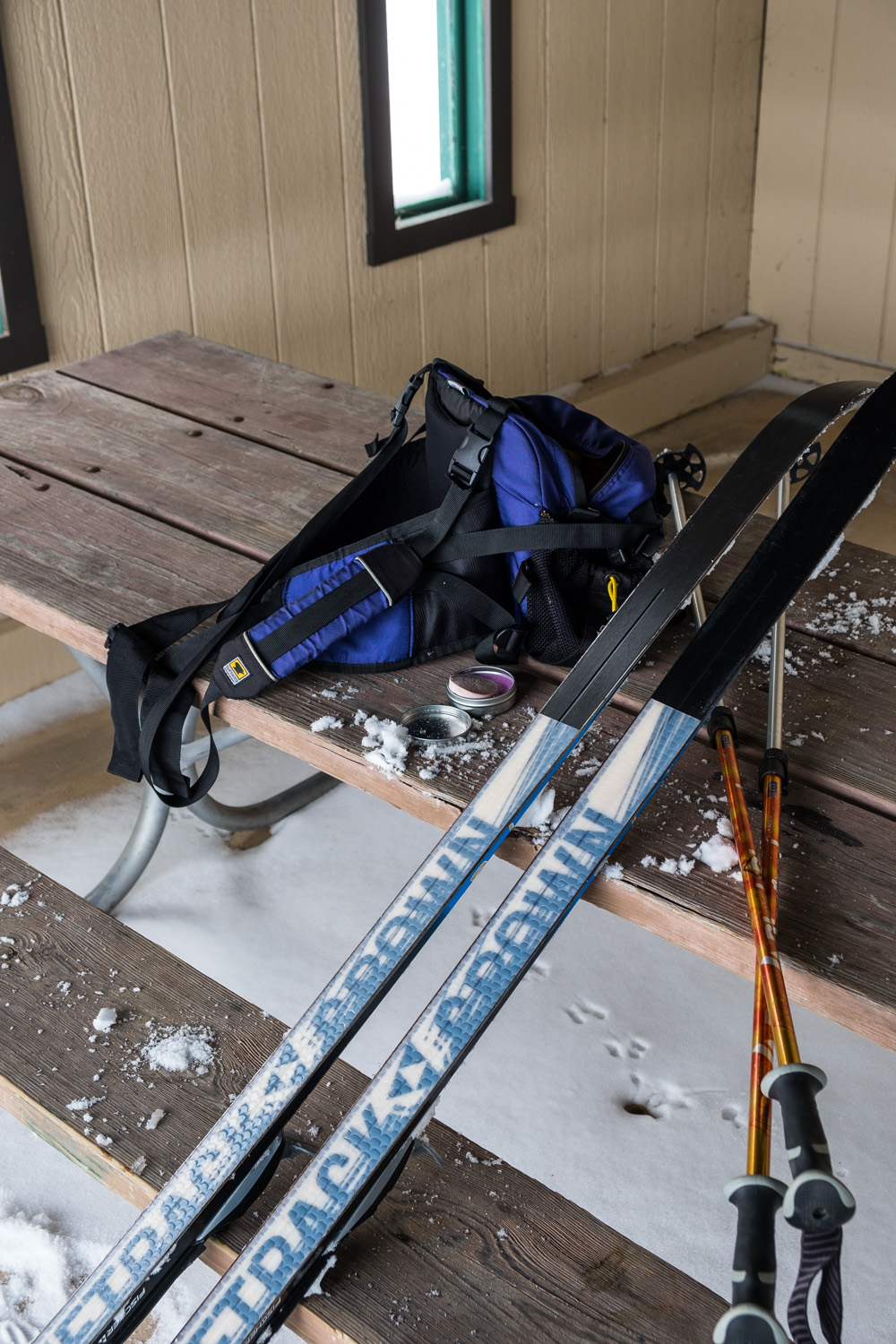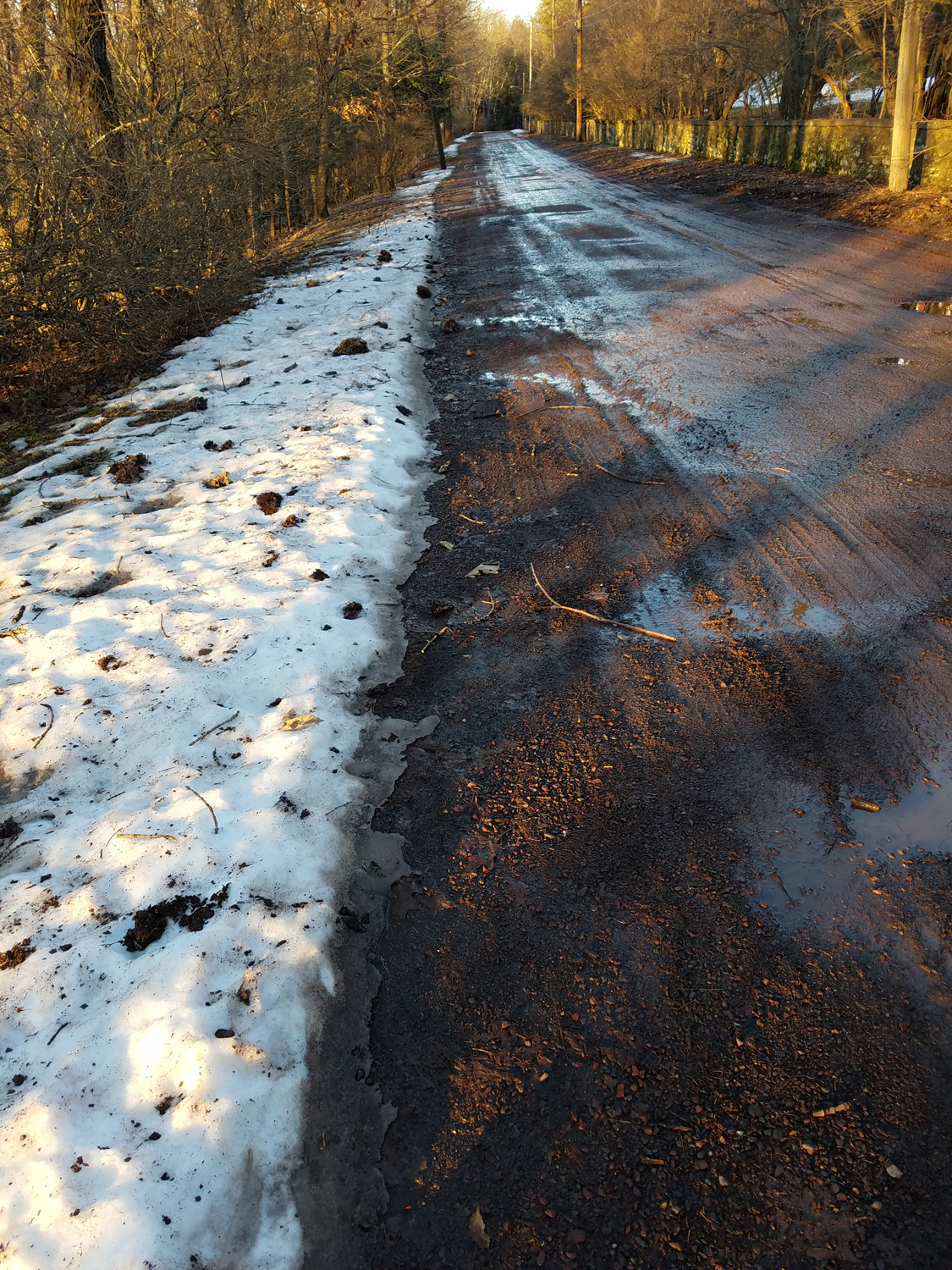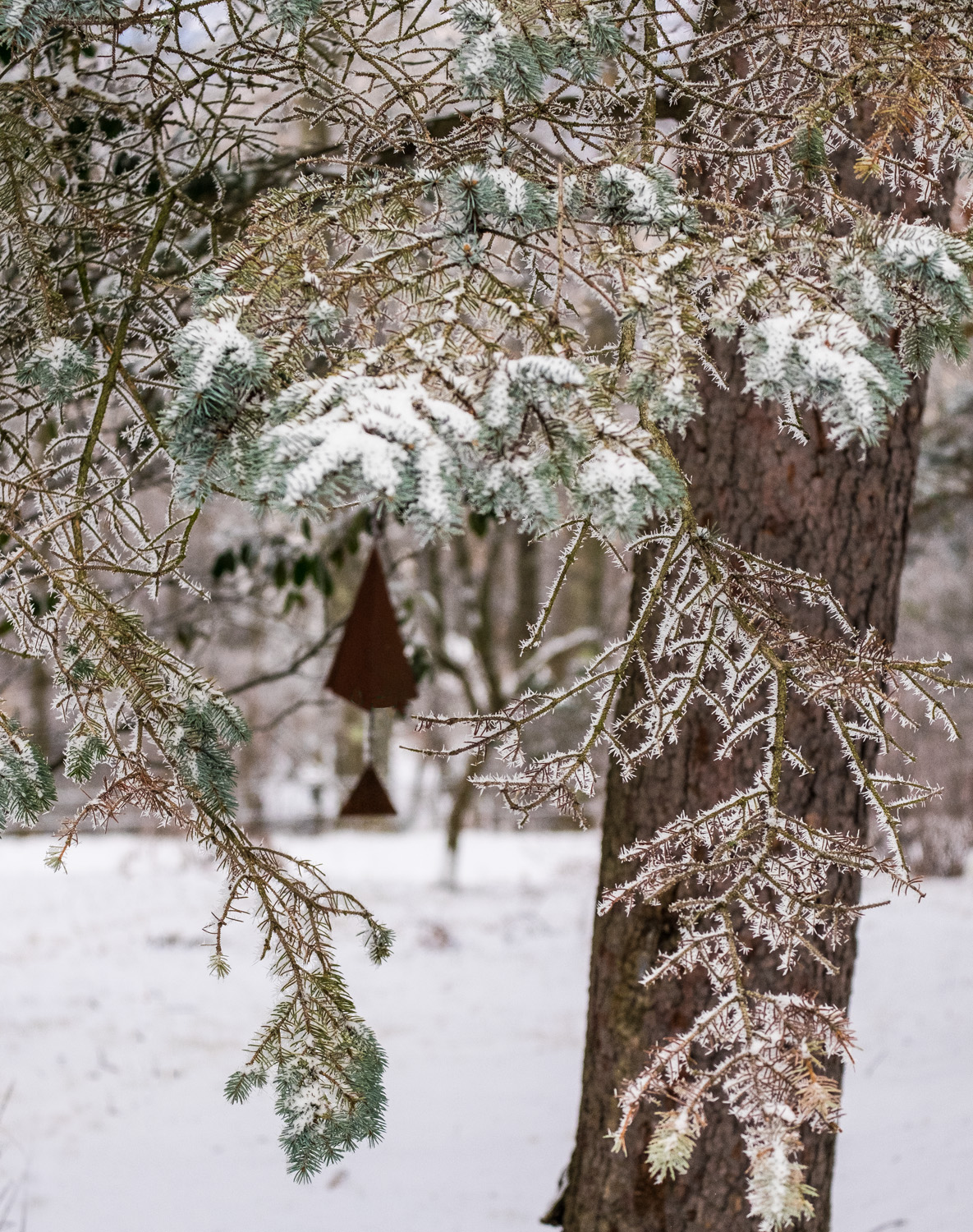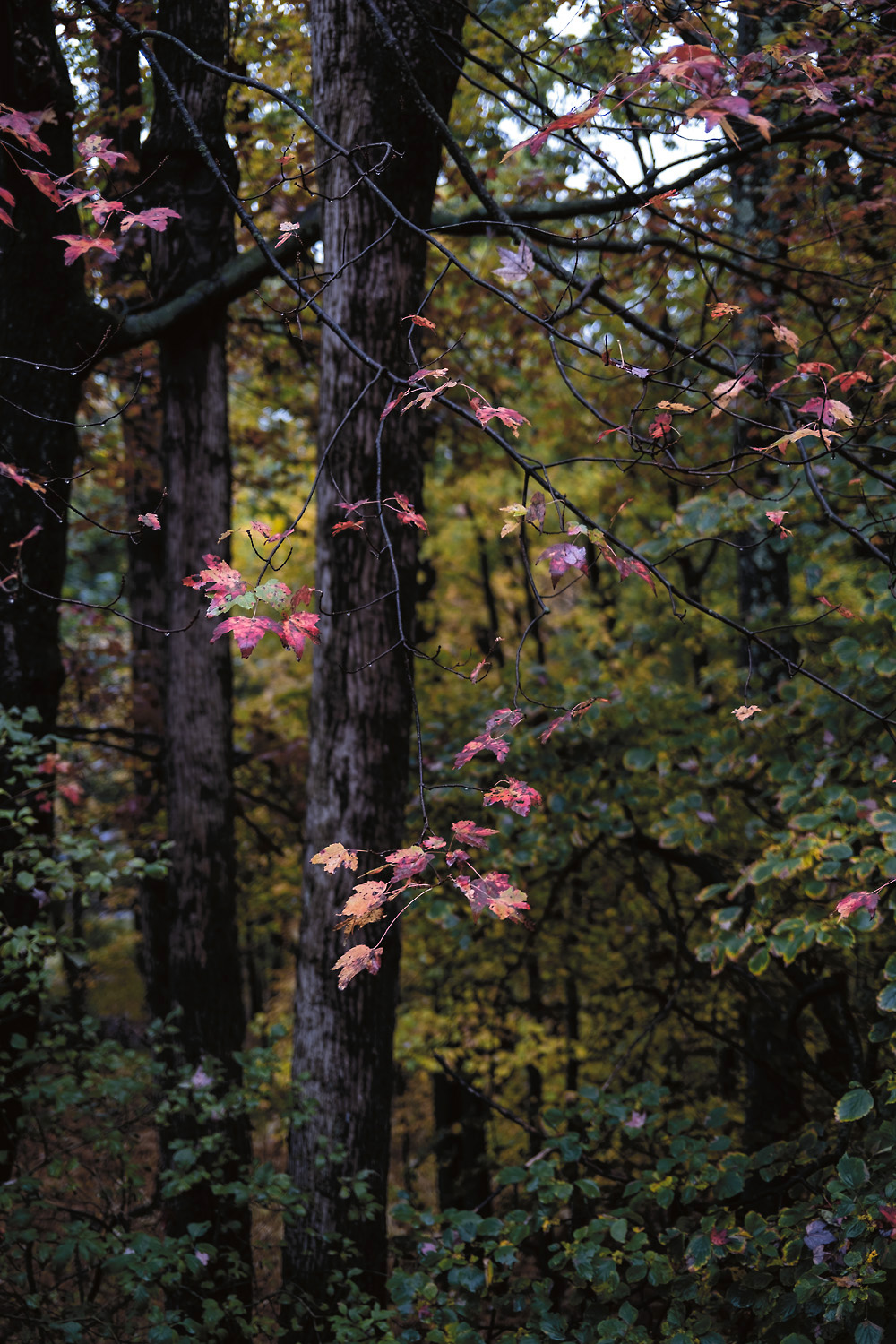
We have officially hit week 31 of curve flattening, infection prevention, disease curing, bizarro world. With the weather growing colder here in Pennsylvania there has been an uptick in positive coronavirus “cases”, meaning positive PCR tests. There has been a small increase in hospitalizations, but the death curve is so far flat.
Remember that the New York Times reported that by the current method of PCR testing, up to 90% of people who are PCR positive may be noninfectious. My fear about the rising case numbers is that our governor and health secretary will use the occasion to increase the restrictions upon us. Remember the severe “red phase” lockdowns in spring. All that misery and lots of people still got sick.
Of course, the big news in the last week was the fact that President Trump and a significant number of White House staff have tested positive for coronavirus. Although there have been allegations, that the president was cavalier about masking, the bottom line was that he has been tested frequently if not every day, along with apparently anyone who was in contact with him in the White House. This clearly was an extraordinary effort to protect him from the virus. Yet it failed. It did so for one reason: this virus is ubiquitous in the environment.
He was admitted to Walter Reed Hospital, not so much because he met the criteria for admission, but because he is the president. Though apparently never requiring oxygen, or getting particularly sick, he was treated with a very aggressive regimen of medications including the antibody preparation from Regeneron which is clearly experimental. After a 2 day admission, he was discharged.
Apparently, he is testing negative for coronavirus now and has been deemed “noncontagious”. The other “infected” staffers, including the first lady, have all done well. As I understand it, no one else was hospitalized.
The Pennsylvania new “case“ numbers are impressive. On October 7 there were roughly 1400 cases reported, roughly the same number, as were reported on April 23 for instance. The difference is that on October 7 there were roughly 700 patients admitted to the hospital with COVID, versus 2700 in April. Whether these patients are actually sick from the virus, or merely PCR positive is anyone’s guess.
It’s also was noting there was far less testing being done in the spring. Clearly, either the tests are oversensitive, or the virus has changed. Maybe it’s a little bit of both.
The search for a vaccine apparently is continuing at a rapid pace. Apparently, the Johnson & Johnson candidate may have provoked some unusual symptoms in one of its test subjects and for now hold has been placed on their efforts.
So now we have increasing cases and so far, God willing, little morbidity. Given the availability of more sophisticated care for those to become ill, I continue to believe that continued numbers of asymptomatic and mildly symptomatic COVID infections is actually good news about our journey to a helpful degree of herd immunity.
Remdesivir is also in the news. On October 8 a study comparing the drug to placebo in ICU patient’s revealed that the median time to recovery, defined by the study as either discharged from the hospital or to a custodial situation was 10 days in the treatment arm and 15 days in the placebo arm. This is a fairly significant result suggesting the drug is a useful part of our growing options for the treatment of COVID 19.
I continue to believe that given the persistence of the virus, it’s declining virulence, the improvements in treatment, that we should relax the regulations killing specific industries and small businesses. We need to react, not to PCR tests, but to actual illness, hospitalizations, and death from COVID, not PCR positives with other acute medical problems.
Finally this week, the World Health Organization seems to change its mind on the advisability of lockdowns. In an interview, Dr. David Nabarro, the WHO’s Special Envoy on Covid-19, warned against using lockdowns as the primary control method for the coronavirus, for fears that global poverty and malnutrition may ultimately result. He expressed concern that for instance, the suppression of the tourist industry has impacted many destination countries severely.
In other words… after eight months of masks and misery, people continue to be exposed to this virus. Time for plan “B”.
Hopefully, Governor Wolf is listening.
As always, I’d be delighted if you’d share this with your friends.
Header image: Maple in the Glen (Fujifilm X100V, TCL X100 II)




